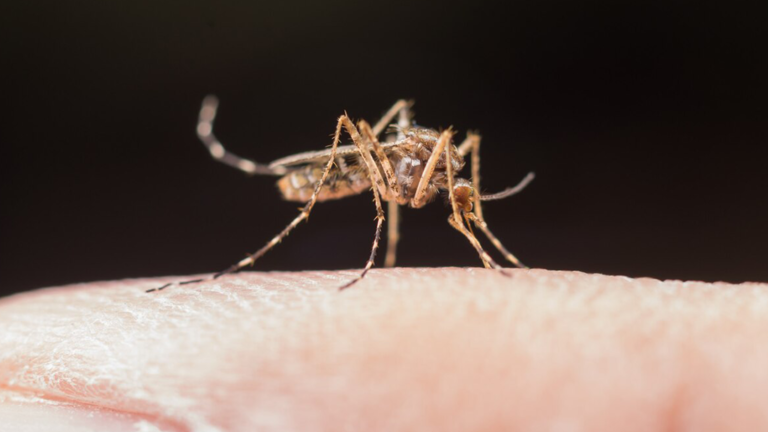Local Spread of Malaria Detected in Texas and Florida, First in 20 Years.

June 27, 2023: In a concerning development, the Centers for Disease Control and Prevention (CDC) has reported five locally acquired malaria cases in the United States over the past two months. This marks the country’s first occurrence of local spread in two decades. The cases, four of which were found in southwest Florida and one in southern Texas, have prompted health officials to issue a public health alert.
Malaria, a severe disease transmitted through the bite of infective female anopheline mosquitoes, poses a medical emergency and should be treated accordingly, as emphasized by the CDC. Prompt evaluation and treatment within 24 hours of presentation are crucial for suspected malaria patients.
The CDC stresses that while malaria can be fatal, illness and death can usually be prevented. However, it is essential to note that the five cases in Texas and Florida are unrelated.
The Florida Department of Health issued a statewide advisory regarding mosquito-borne illnesses following the identification of four cases in Sarasota County. Similarly, in Texas, a single case was identified in a resident of Cameron County who spent time working outdoors. Public health authorities in both states closely monitor local mosquito populations and conduct surveillance to detect any further cases. Efforts to control the mosquito population are underway in Sarasota County, Florida.
Encouragingly, all five patients have received treatment and are showing signs of improvement. It is worth mentioning that locally acquired malaria cases have not been reported in the United States since 2003, when eight cases were identified in Palm Beach County, Florida.
Although the risk of catching malaria in the United States remains extremely low, the CDC cautions that female anopheline mosquitoes can be found in many regions of the country and have the potential to spread the disease if they bite an infected person. The risk is higher in areas with favorable climatic conditions for these mosquitoes and where individuals from malaria-endemic regions are present.
Globally, malaria is a significant health concern, with over 240 million cases occurring annually, predominantly in Africa. In the United States, most cases are reported in individuals who have traveled from countries with malaria transmission.
With the resumption of international travel to pre-pandemic levels, the CDC warns that more people may bring the disease into the United States. They advise taking precautions, such as using bug spray during warmer months to reduce the risk of mosquito bites.
Symptoms of malaria include fever, chills, headache, muscle aches, fatigue, and in some cases, nausea, vomiting, and diarrhea. It’s important to note that symptoms can manifest anywhere from 10 days to four weeks after infection and occasionally up to a year later.
Healthcare providers must consider malaria a potential diagnosis in individuals presenting with febrile illness, even if they have no travel history to malaria-endemic areas. Diagnosing and treating malaria promptly can prevent severe disease, death, and further transmission to local Anopheles mosquitoes.
In summary, the recent local spread of malaria in Texas and Florida after a 20-year hiatus raises concerns about imported cases and the potential for future spread. Vigilance, preventive measures, and prompt treatment are essential to mitigate the risks associated with this severe disease.
































